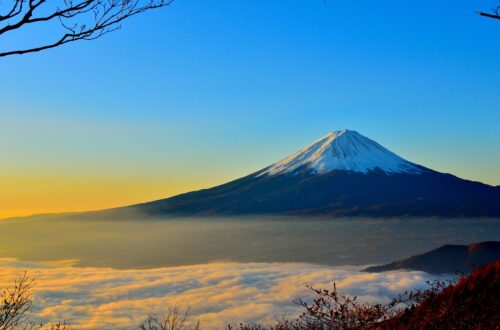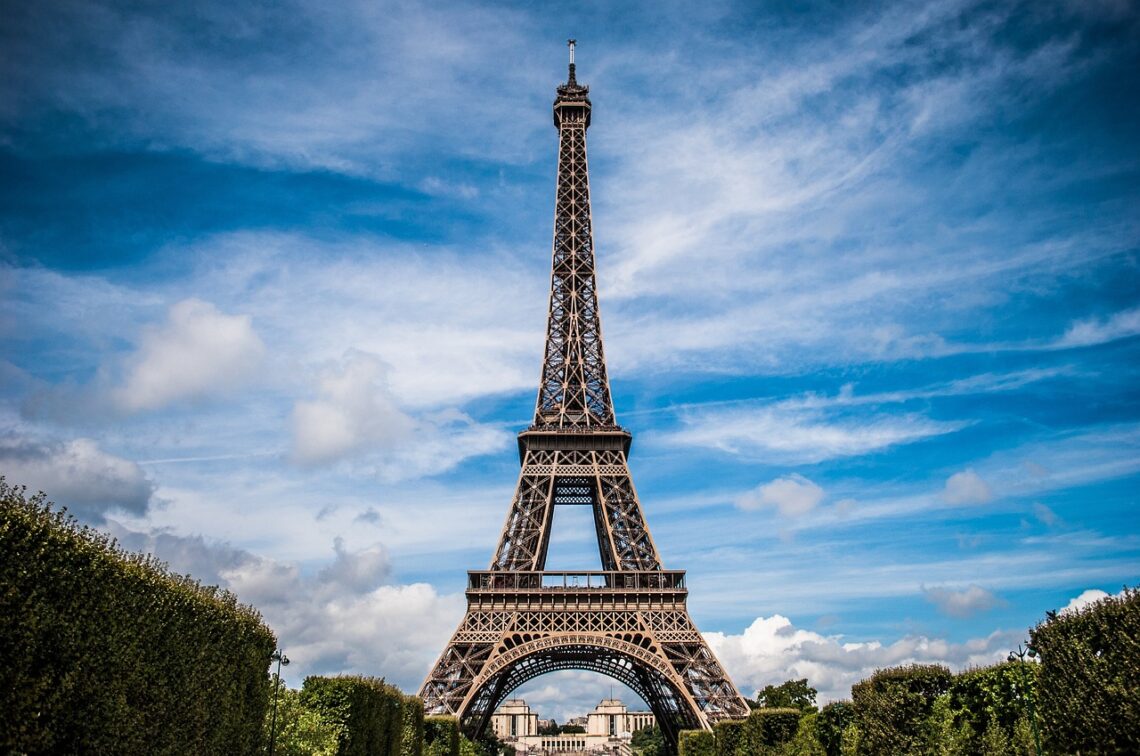
Best 48 Facts About the Eiffel Tower: Unveiling the Mystique
Facts About the Eiffel Tower
The Eiffel Tower, affectionately known as the “Iron Lady,” stands as a beacon of architectural brilliance and historical significance. This iconic Parisian landmark, more than just a marvel of engineering, holds stories and secrets that fascinate millions globally. In this article, we’ll delve into the most interesting facts about the Eiffel Tower, revealing aspects of its construction, its role in world events, and its enduring appeal.
Facts About the Eiffel Tower
The Birth of an Icon: From Concept to Reality

The Visionaries: Maurice Koechlin and Emile Nouguier
Maurice Koechlin and Emile Nouguier, the chief engineers in the company owned by the famed civil engineer Gustave Eiffel, were the brains behind the initial design of the Eiffel Tower. Conceived for the 1889 Exposition Universelle (World’s Fair), marking the 100th anniversary of the French Revolution, the tower’s design was initially met with skepticism. However, Eiffel’s commitment to this architectural wonder transformed it into a reality.
Challenges and Triumphs in Construction
Building the Eiffel Tower was a feat of engineering. Using over 7,300 tons of iron and 2.5 million rivets, the construction faced numerous challenges. From public criticism to technical difficulties. Despite these hurdles, the tower was completed in record time, showcasing the ingenuity and resilience of its creators.
Facts About the Eiffel Tower
The Tower in Numbers: A Structural Marvel
- Height of the Eiffel Tower: Originally the world’s tallest structure, the tower stands at a majestic 324 meters. Surpassing the height of monuments like the Chrysler Building and the Empire State Building at the time of its completion.
- Tons of Paint: To protect its metal framework from rust, the tower is repainted every seven years with approximately 60 tons of paint.
- The Iron Lady’s Weight: The Eiffel Tower’s metal structure weighs approximately 10,100 tons, a testament to the prowess of 19th-century engineering.
Eiffel Tower Facts: More Than Just a Monument
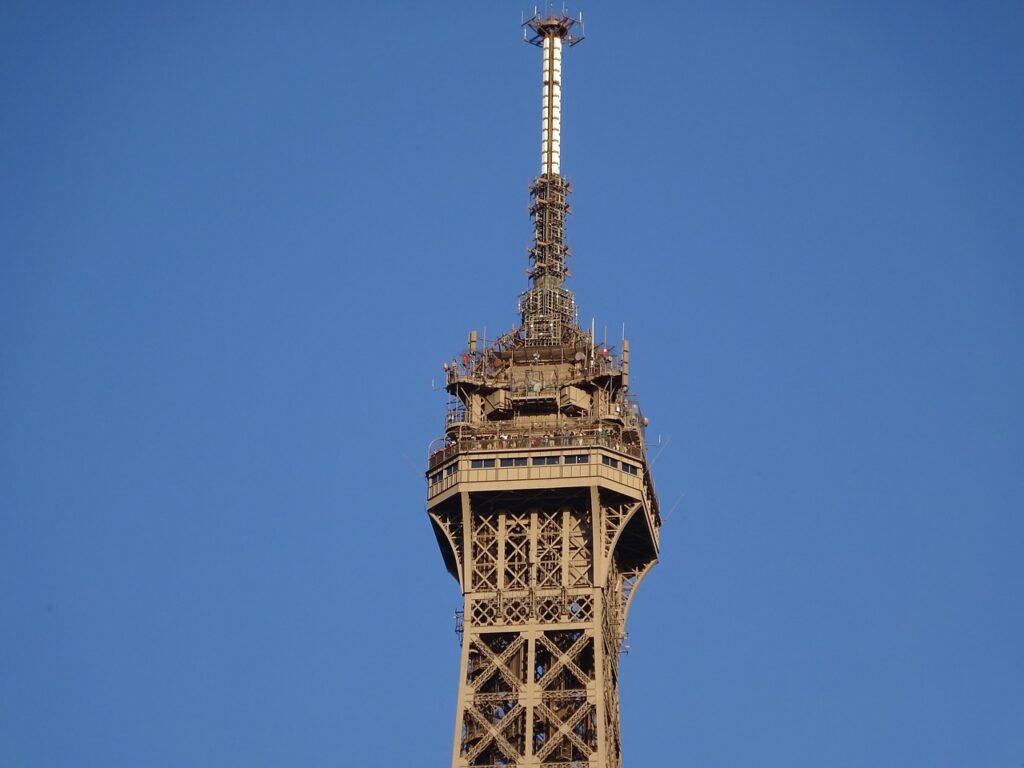
The Secret Apartment at the Top of the Tower
One of the most intriguing Eiffel Tower facts involves a secret apartment located at its top. Gustave Eiffel built this private space for himself, where he entertained notable guests like Thomas Edison. This lesser-known detail adds a layer of mystery and allure to the famous monument.
The Role in World Wars: A Symbol of Resilience
During both World Wars, the Eiffel Tower played significant roles. In World War I, it served as a radio antenna to intercept enemy communications. During World War II, the French military famously cut the lift cables to prevent Adolf Hitler from visiting the top. These events illustrate the tower’s importance beyond its architectural value.
This article will continue to explore more fascinating aspects of the Eiffel Tower, including its influence on art and culture, scientific experiments conducted within its frame, and its evolution as a symbol of France. Stay tuned for more captivating insights into the Iron Lady of Paris.
Facts About the Eiffel Tower
A Beacon of Innovation: The Eiffel Tower in Science and Technology

Scientific Experiments at New Heights
The Eiffel Tower has been a site for numerous scientific experiments, particularly in the field of meteorology and aerodynamics. Gustave Eiffel himself conducted experiments on air resistance and gravity from this towering laboratory. Its height made it an ideal location for these groundbreaking studies, proving the tower’s value extends far beyond its aesthetic appeal.
Advances in Communication: The Radio Antenna
During the early 20th century, the tower’s role evolved to include significant contributions to radio transmission. The Eiffel Tower’s height made it an ideal radio antenna, dramatically improving communication across long distances. This transformation marked a pivotal moment in global communication, with the tower playing a central role.
Facts About the Eiffel Tower
The Eiffel Tower and the Arts: A Muse of Metal
Inspiration to Artists and Filmmakers
Beyond its structural and scientific significance, the Eiffel Tower has been a source of inspiration in the arts. Its unique silhouette has been captured in countless artworks and films, symbolizing both the city of Paris and the spirit of modernity. The tower’s influence on artists such as Robert Delaunay and filmmakers across generations underscores its cultural impact.
The Evolution of the Eiffel Tower: Adapting and Enduring

Changes Over the Years
Originally intended as a temporary structure for the 1889 World’s Fair, the Eiffel Tower has undergone several transformations. From being almost scrapped for metal during World War II to its various color changes, the tower has adapted and survived through different eras. Today’s Eiffel Tower brown, a specially designed paint color, is just one of the different shades it has donned over the years.
The Tower’s Role in Modern Times
In the present day, the Eiffel Tower continues to evolve. It has embraced sustainable practices, like the installation of wind turbines and an emphasis on energy-efficient lighting. These modern adaptations ensure that the tower remains relevant and reflects contemporary values of environmental consciousness.
Facts About the Eiffel Tower
The Tower as a Symbol of Hope and Resistance
World War II and the French Resistance
During World War II, the Eiffel Tower became a symbol of resilience for the French people. Its story during the German occupation, especially the tale of French troops cutting the lift cables, is a powerful testament to the nation’s spirit of resistance.
The Cold War Era: A Beacon of Freedom
In the post-war years and throughout the Cold War, the Eiffel Tower stood as a symbol of freedom and democracy, contrasting the Iron Curtain. It represented the enduring values of the French Republic and the strength of the Western alliance.
Facts About the Eiffel Tower
The Eiffel Tower in Popular Culture: An Iconic Image

From Hollywood to Literature
The Eiffel Tower’s image has permeated popular culture worldwide. It appears in numerous films, books, and TV shows, often symbolizing romance, adventure, and the allure of Paris. This widespread representation has cemented its status as an iconic global landmark.
Influence Beyond France
The tower’s influence extends beyond its physical location. Replicas and references can be found in places like the Paris Las Vegas Hotel in the United States, illustrating its global appeal and recognition.
This exploration of the Eiffel Tower’s role in science, the arts, history, and popular culture underscores its multifaceted significance. In the next section, we will delve deeper into its architectural features, visitor experiences, and its enduring legacy as a symbol of French ingenuity.
Facts About the Eiffel Tower
Exploring the Tower: A Journey Through Its Levels
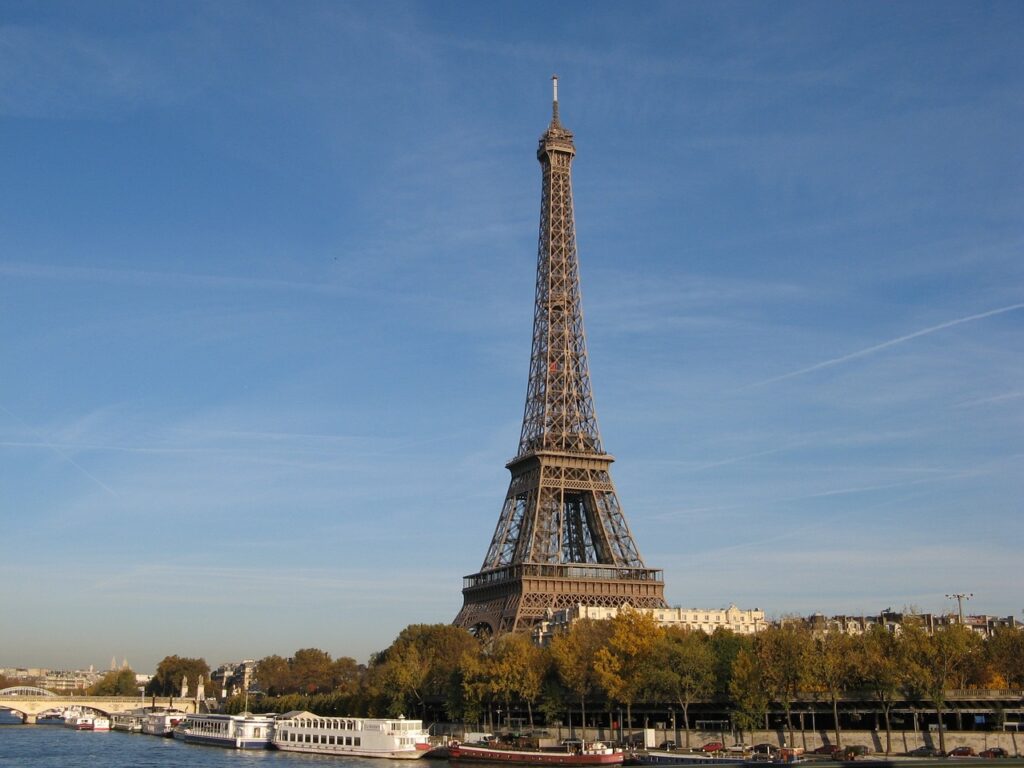
The First Floor: A Gateway to History and Innovation
The first level of the Eiffel Tower offers a unique blend of history and modernity. Here, visitors can find exhibitions detailing the tower’s construction and evolution. This floor also hosts shops and restaurants, making it a perfect starting point for the Eiffel experience.
The Second Level: Breathtaking Views and Culinary Delights
Reaching the second floor, guests are greeted with stunning views of the Parisian landscape. This level is renowned for its fine dining options, offering a taste of France’s celebrated culinary culture with the city of Paris as a backdrop.
The Top Level: Touching the Parisian Sky
The top of the Eiffel Tower is an experience like no other. Standing at the top level, visitors can gaze across the vast expanse of the city, feeling as if they are touching the sky. This panoramic view encompasses major landmarks like the Arc de Triomphe, Champ de Mars, and beyond.
Facts About the Eiffel Tower
Architectural Brilliance: The Tower’s Design and Construction
Engineering Marvel: The Metal Framework
The Eiffel Tower’s metal framework is not just a feat of engineering; it’s a testament to the ingenuity of its creators. Designed by Maurice Koechlin and Emile Nouguier and brought to life by Gustave Eiffel, the structure’s interlacing iron beams demonstrate both strength and elegance.
Thermal Expansion and Wind Resistance
One of the lesser-known interesting facts about the Eiffel Tower is its design to withstand natural elements. The iron structure is built to accommodate thermal expansion and contraction due to weather conditions. Moreover, its aerodynamic shape allows it to sway only a few inches in high winds, a marvel in civil engineering.
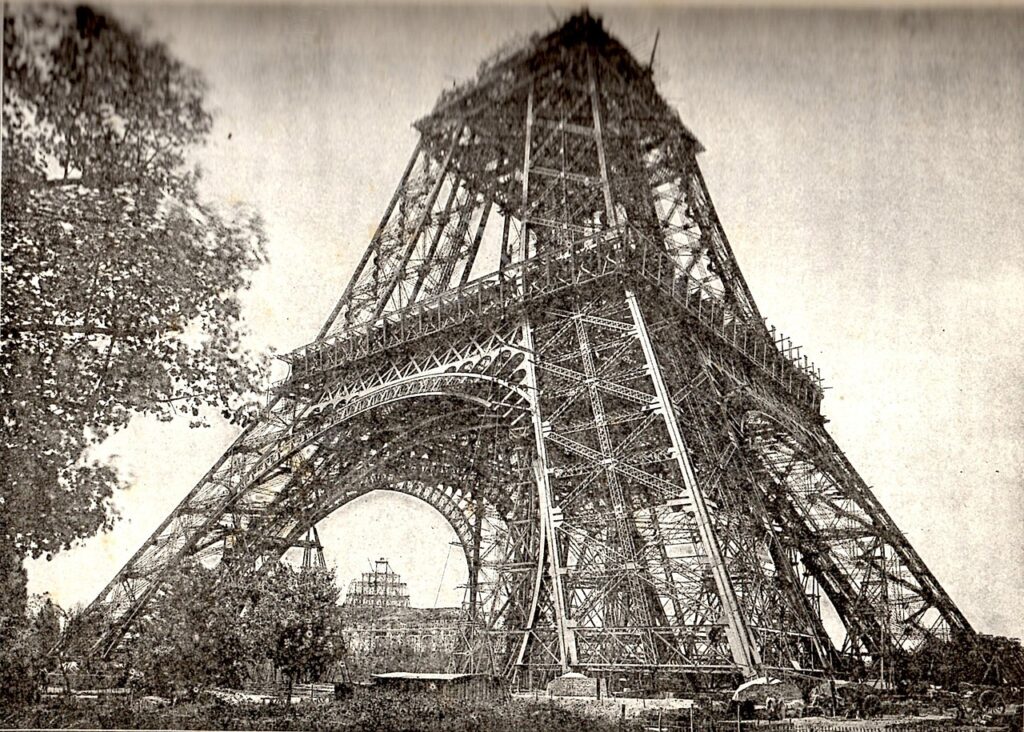
The Eiffel Tower in Times of Turmoil
World War I: The Battle of the Marne
During World War I, the Eiffel Tower played a crucial role in the Battle of the Marne. Its height made it an ideal spot for radio transmitters, which helped coordinate French military efforts. This strategic use underlines the tower’s significance beyond its touristic appeal.
World War II: Defiance Against Occupation
In World War II, the French government’s act of severing the tower’s elevators was a defiant gesture against the German army. This act prevented Adolf Hitler from symbolically ascending the tower, marking a moment of resistance in French history.
The Eiffel Tower and Its Global Twins
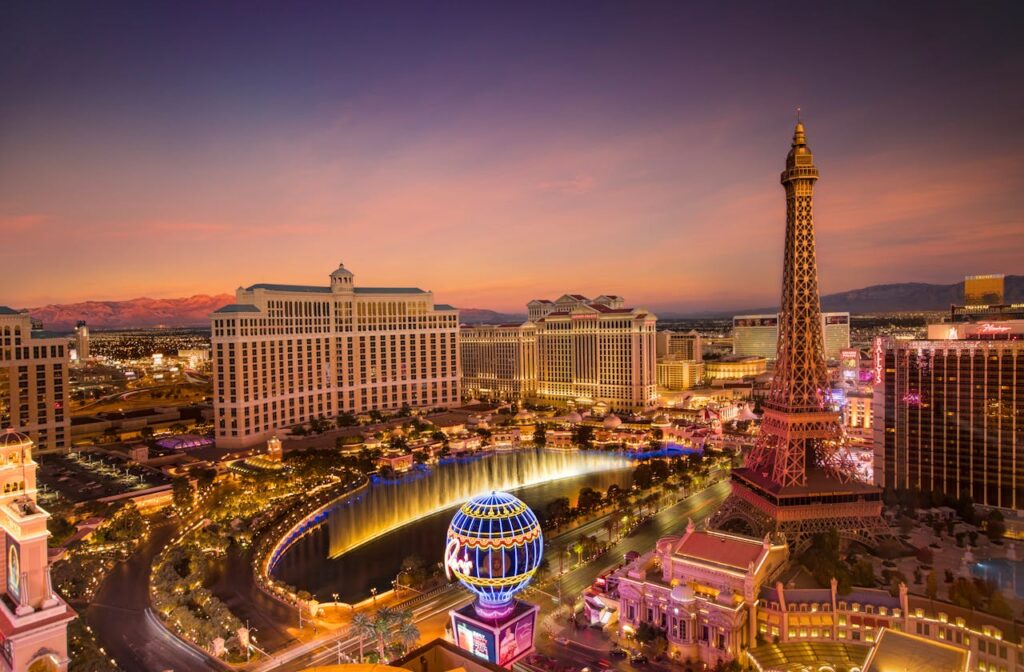
Replicas Around the World
The Eiffel Tower’s influence is evident in the numerous replicas found globally. From the Paris Las Vegas Hotel in the United States to smaller versions in parks and resorts, these replicas pay homage to the tower’s iconic design and cultural impact.
A Symbol of Global Unity
These replicas are not mere imitations; they represent a global appreciation for the tower’s architectural beauty and historical significance. They symbolize unity, reminding us of the shared human appreciation for art, culture, and history.
Facts About the Eiffel Tower Frequently Asked Questions
How often is the Eiffel Tower painted?
The Eiffel Tower receives a fresh coat of paint every seven years to maintain its appearance and protect it from rust.
Can you visit Gustave Eiffel’s secret apartment?
Yes, visitors can view Gustave Eiffel’s secret apartment located at the top of the tower, offering a glimpse into the personal side of the tower’s history.
What was the original purpose of the Eiffel Tower?
The tower was originally constructed as an entrance arch for the 1889 World’s Fair, commemorating the centennial of the French Revolution.
How did the Eiffel Tower impact radio transmissions?
The tower’s height made it ideal for radio transmissions, playing a significant role in advancing communication technologies.
Has the Eiffel Tower always been brown?
No, the Eiffel Tower has been painted in different shades over the years. The current Eiffel Tower brown is a specially chosen color for its aesthetic and practical qualities.
In the next section, we will delve into the cultural significance of the Eiffel Tower, its role in special events, and its enduring legacy as a monument that transcends time and borders.
The Cultural Significance of the Eiffel Tower: More Than a Monument
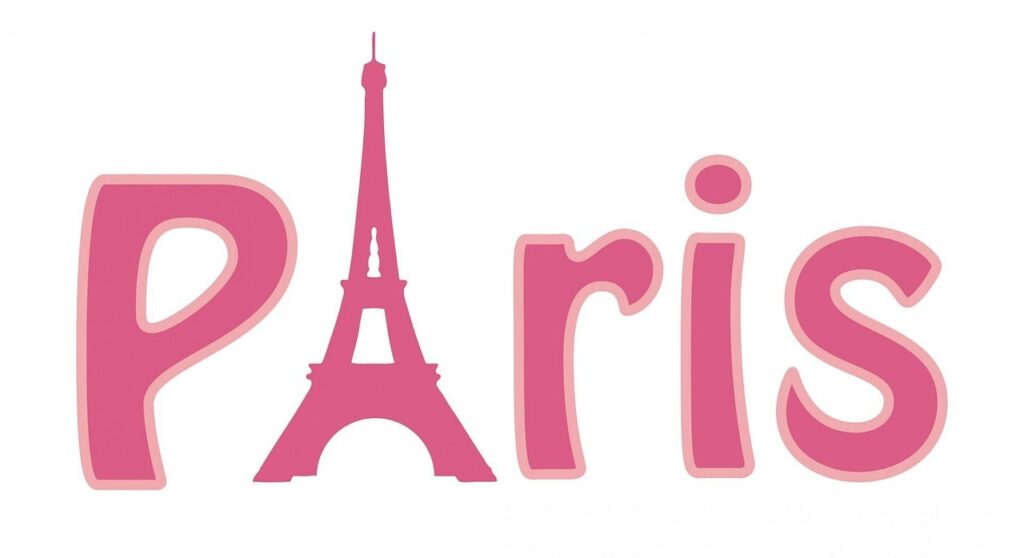
An Icon of Paris and France
The Eiffel Tower is not just an architectural feat; it’s a cultural icon. Representing the city of Paris and the nation of France, it symbolizes innovation, art, and the enduring spirit of the French people. Its image is recognized worldwide, making it more than a monument – it’s a global emblem of identity and pride.
The Tower in Literature and Film
In literature and film, the Eiffel Tower often appears as a character in its own right. It has inspired countless stories, poems, and movies, each interpreting its majesty and significance in unique ways. This iconic structure has become a symbol of love, inspiration, and artistic expression.
The Eiffel Tower in Special Events and Celebrations
Illuminating the Parisian Skyline
The Eiffel Tower’s light shows are a spectacle to behold. During special events and national holidays, the tower is adorned with stunning light displays, adding to the city’s charm and allure. These moments, where the tower lights up the night sky, are a testament to its role in the heart of Parisian life.
Celebrating Milestones and Achievements
From commemorating historical anniversaries to marking new beginnings, the Eiffel Tower has been central to numerous celebrations. Its presence at these events highlights its importance as a symbol of unity and progress.
The Tower as a Tourist Attraction: A Must-Visit Destination
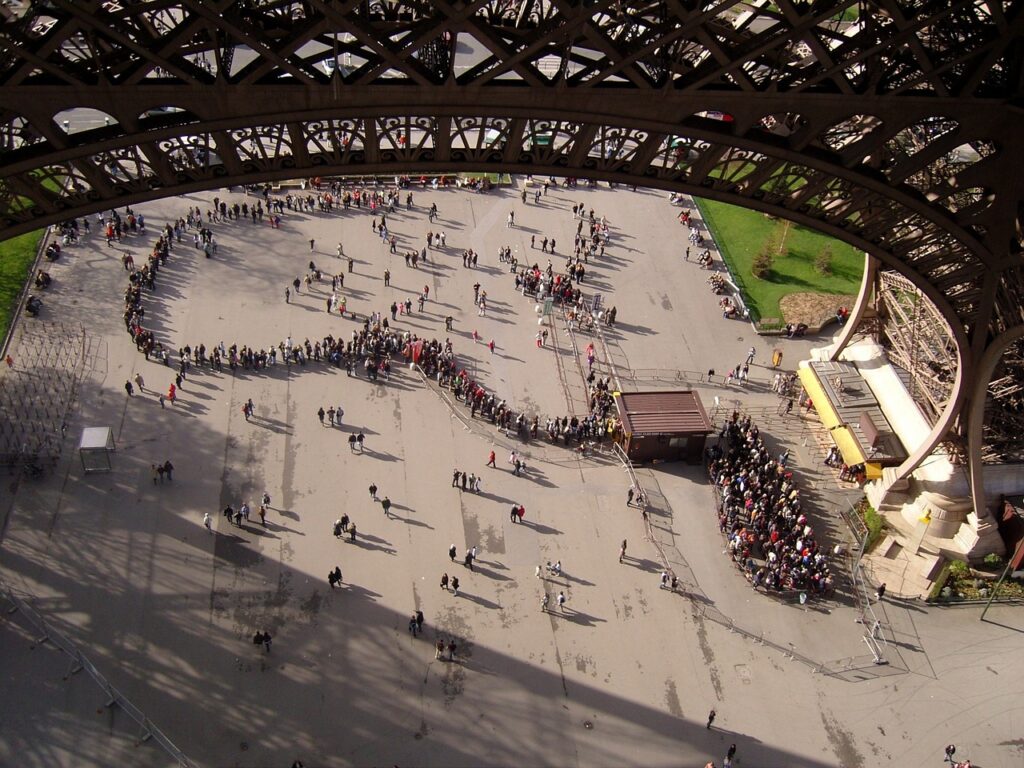
A Magnet for Visitors Worldwide
The Eiffel Tower is one of the most visited monuments in the world. Its allure draws millions of tourists yearly, eager to witness its grandeur up close. The experience of ascending the tower, taking in the panoramic views, and exploring its levels is a highlight for any visitor to Paris.
The Tower’s Impact on Tourism
The Eiffel Tower’s popularity has had a significant impact on Parisian and French tourism. It not only boosts the economy but also serves as a gateway for visitors to explore other cultural and historical sites in France.
Facts About the Eiffel Tower
The Eiffel Tower: A Legacy of Innovation and Inspiration
A Testament to Engineering and Design
The Eiffel Tower remains a testament to the possibilities of engineering and design. Its construction in the 19th century set new standards in architecture and continues to inspire engineers and architects worldwide.
Inspiring Future Generations
The story of the Eiffel Tower, from its conception to its enduring presence, serves as an inspiration. It encourages future generations to dream big, innovate, and appreciate the blend of art, science, and history.
Facts About the Eiffel Tower
More Fun Facts About La Dame de Fer (The Eiffel Tower)
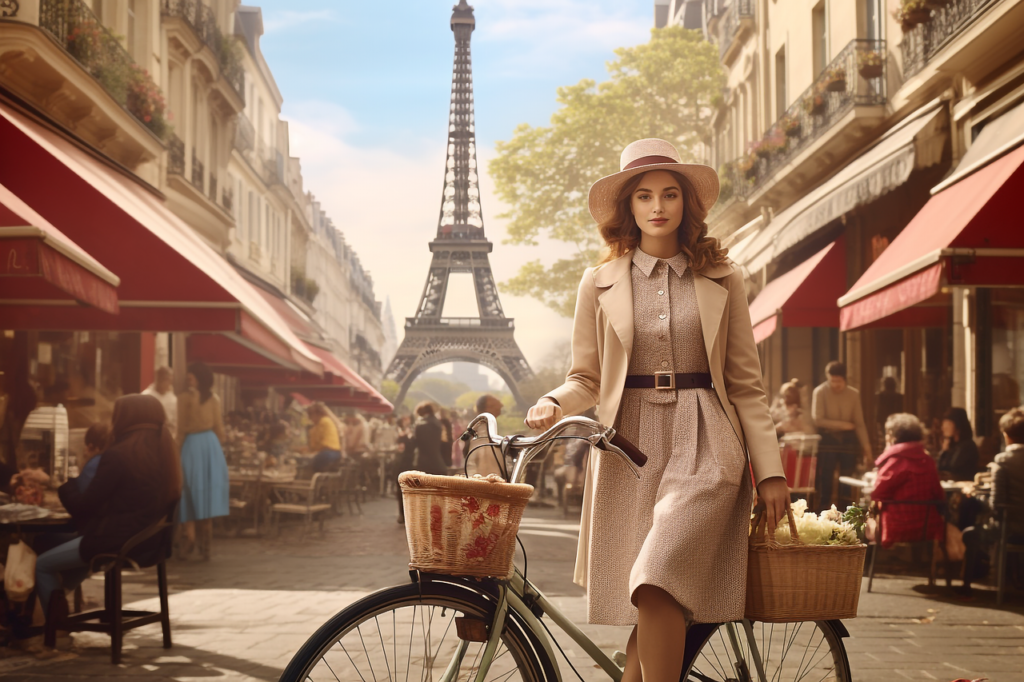
La Tour Eiffel vs. Statue of Liberty: A Comparison in Monuments
- While the Eiffel Tower stands as a symbol of architectural innovation in France, it shares a unique connection with the Statue of Liberty in the United States. Gustave Eiffel, the engineer behind the tower, also played a significant role in the construction of the Statue of Liberty’s internal framework.
Weathering the Elements: Strong Winds and Cold Weather
- The Eiffel Tower is designed to withstand the elements, including strong winds and cold weather. Its structure sways only a few inches in high winds, a testament to its engineering. In cold weather, the iron contracts, causing the tower to shrink by about six inches.
Erika Eiffel: An Unusual Love Story
- In a unique turn of events, Erika Eiffel, an objectophile, held a commitment ceremony with the Eiffel Tower in 2007. This unusual story highlights the deep emotional connections and cultural significance the tower holds for many individuals.
Franz Reichelt’s Tragic Jump
- In 1912, Franz Reichelt, a tailor, tragically jumped from the first level of the Eiffel Tower while testing a parachute of his own design. This event is a somber reminder of the tower’s place in the history of experimentation and innovation, even when it leads to unforeseen consequences.
Charles Lindbergh’s Historic Flight
- In 1927, Charles Lindbergh flew non-stop from New York to Paris, landing near the Eiffel Tower. This historic event was a significant moment in aviation history and highlighted the tower’s role as a landmark for aviators and adventurers.
The Tower in the Public Domain: A Symbol for All
- The Eiffel Tower’s image is in the public domain, allowing it to be freely used in photographs, art, and media. This status contributes to its widespread representation and recognition as a global cultural icon.
From Potential Scrap Metal to Treasured Monument
- During World War II, Hitler ordered General Dietrich von Choltitz to demolish the Eiffel Tower, along with the rest of Paris. The general defied the order, saving the tower from being reduced to scrap metal and preserving it for future generations.
A Journey Through Time: The History of the Eiffel Tower
- The history of the Eiffel Tower is a tale of vision, controversy, and triumph. From its initial criticism as a ‘monstrous’ structure to its acceptance and adoration, the tower’s story is a fascinating chapter in architectural history.
The Original Design: A Blueprint of Innovation
- The original design of the Eiffel Tower, created by Maurice Koechlin and Emile Nouguier, was part of a competition to design a centerpiece for the 1889 World’s Fair. This design laid the foundation for what would become one of the tallest man-made structures of its time.
Lighting Up the Sky: The Tower’s Dazzling Display of Light Bulbs
- The Eiffel Tower is adorned with 20,000 light bulbs that create a sparkling effect every evening. This illuminating display adds to the tower’s enchantment, making it a luminous beacon in the Parisian nightscape.
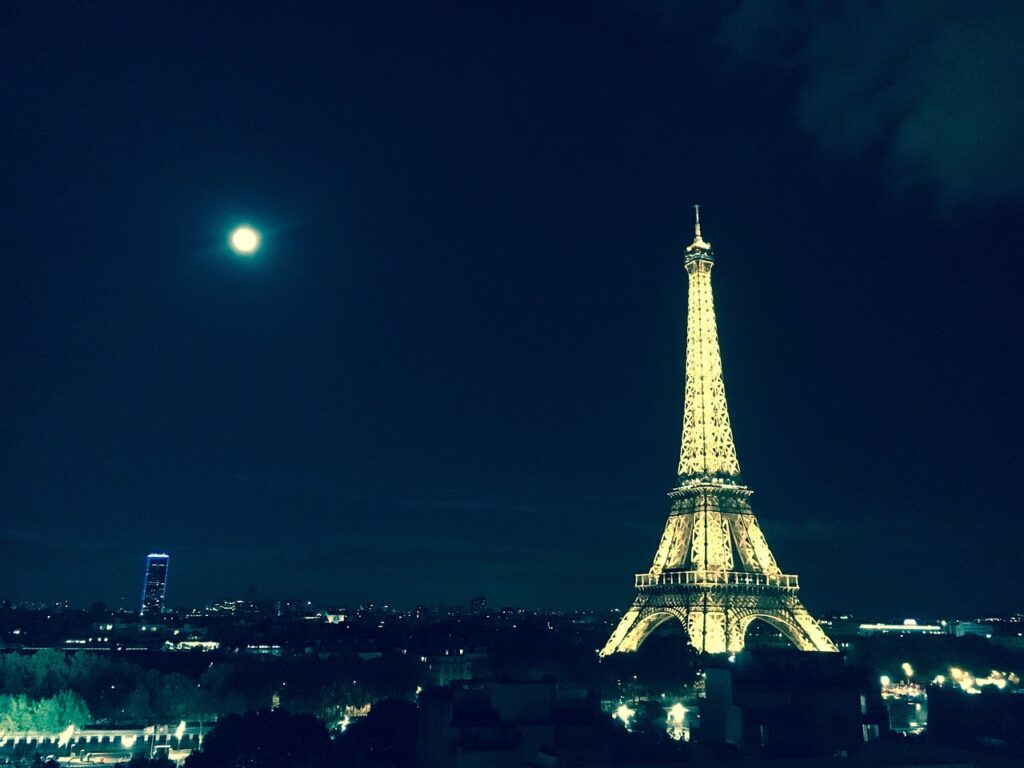
Facts About the Eiffel Tower Conclusion: The Timeless Appeal of the Eiffel Tower
The Eiffel Tower, more than a century after its construction, continues to captivate and inspire. As a symbol of architectural ingenuity, a beacon of cultural significance, and a beloved landmark. It holds a special place in the hearts of people around the world. The Iron Lady, with its rich history and iconic stature, remains a testament to human creativity and resilience.
The Eiffel Tower, standing tall against the Parisian skyline. It’s not just a structure of iron and paint; it’s a story of ambition, art, and the unyielding human spirit. Its legacy, woven into the fabric of history, culture, and art, continues to shine brightly, reminding us of the beauty and potential inherent in our shared human experience.
Please share this article for others to discover, thank you. Now read my Astonishing Facts About Mt. Rushmore (The Best 53)


